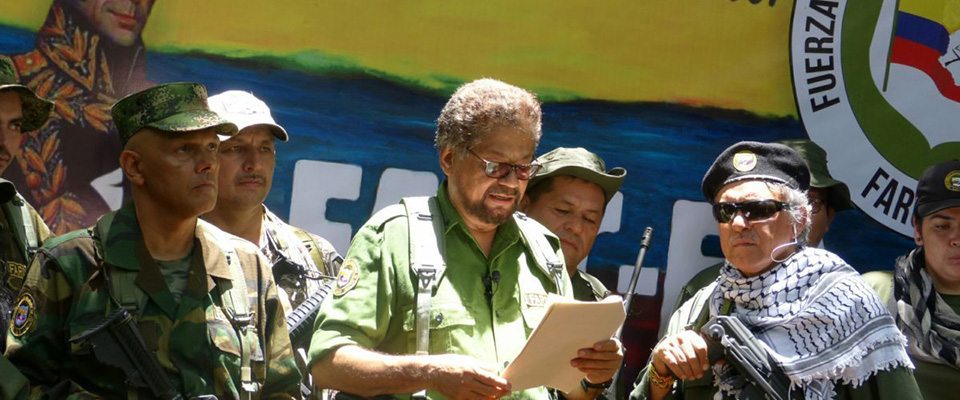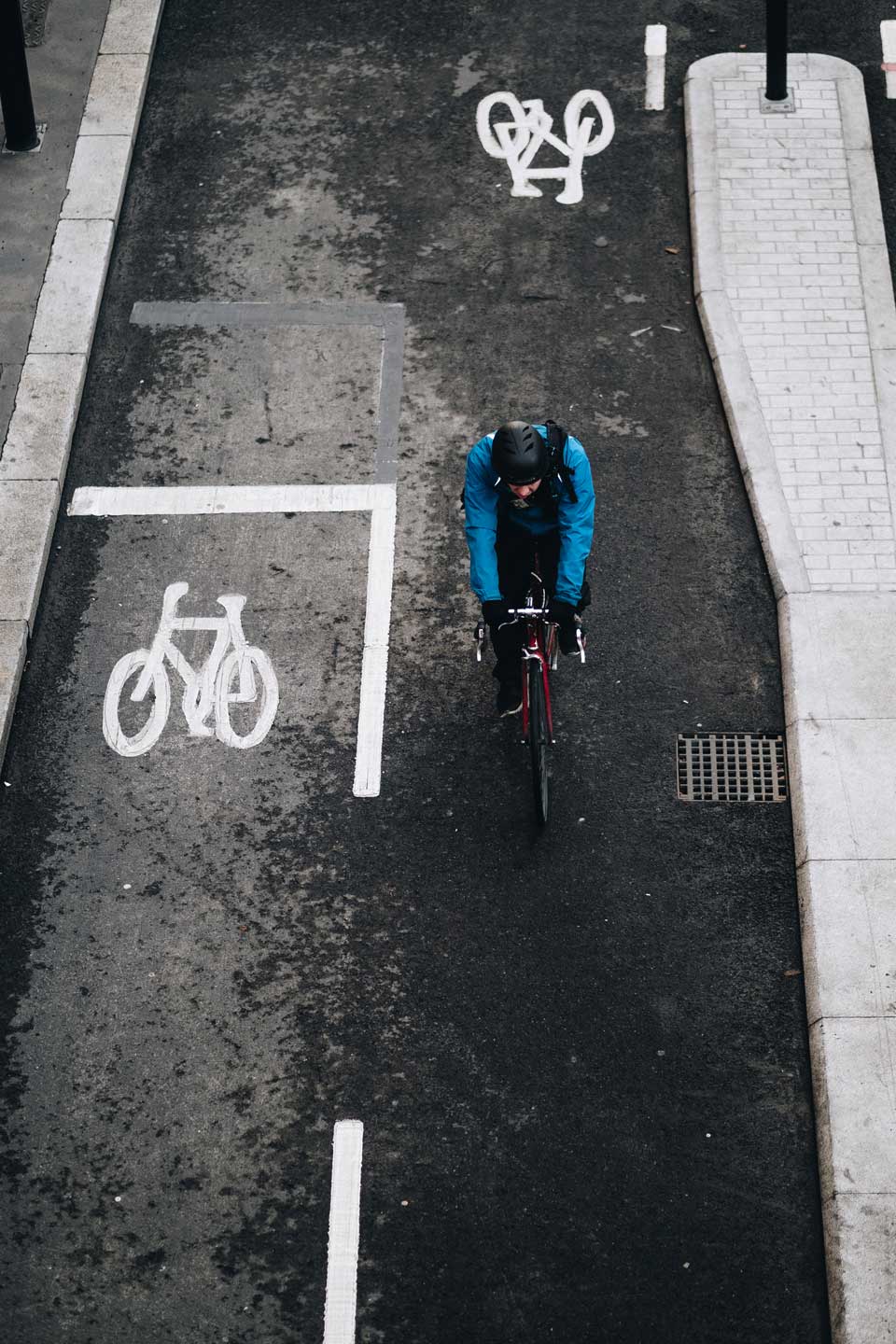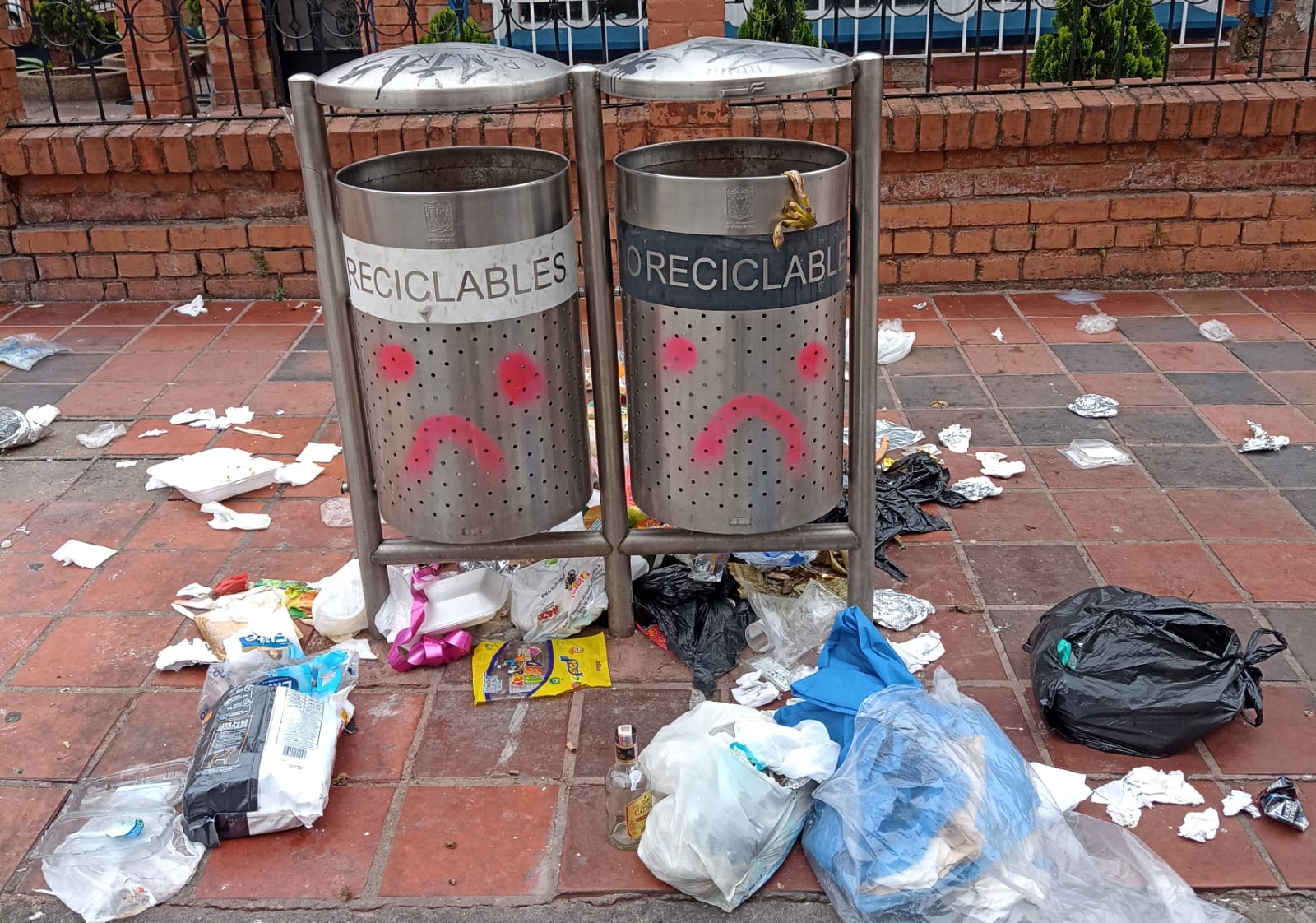
Confused by the recent news stories on conflict in Colombia? Here’s a quick Q & A to get you up to speed….
The ‘FARC taking up guns’ made world news last month. What’s happening?
A splinter group of around 20 former FARC guerrillas appeared in a YouTube video waving guns and announcing their “return to arms.” The FARC signed a peace agreement with the Colombian state in 2016. Since then, around 7,000 former fighters have given up their guns and are reintegrating into society. The renegades now want to rekindle the armed struggle.
So, what’s their beef?
The two top renegades, Iván Márquez and Jesús Santrich, were recently tangled in drug trafficking charges and faced possible extradition to the US. Santrich was arrested and released twice this year before disappearing in July, only to reappear in the renegade video last month. So Santrich – and possibly Márquez – faced potential prison time in the US. This could be why they fled with their buddies to Venezuela and made the video.
So, just criminals on the run then?
Possible. The guerrillas used drug trafficking as a means to fund their struggle during the peak years of the conflict. It appears that habit has been hard for them to kick. But Santrich says the charges are trumped-up and part of a deeper plot between Colombia and the US to undermine the peace process negotiated over many years in Havana, which ended with a Nobel Peace Prize for former president Santos. The former commanders now feel “betrayed and tricked” by the state, according to last month’s video.
But the peace process has gone ahead?
To a point. Some aspects – for example, the disarming and initial reintegration of former FARC fighters – have been a success. But the social and judicial side is lagging, particularly in land reform. Remember, the FARC guerrilla movement was founded in the 1960s to defend peasant land rights, an issue that still bothers Colombia today. And a few months back, the current Duque government – which has often signalled its opposition to the peace process – tried to dismantle the ‘JEP,’ a special peace court formed to hear conflict cases that could benefit former combatants with lighter sentences.
Related: former FARC commanders announce return to arms
But a more pressing issue is the killing of former FARC since demobilisation–an estimated 123 have died since 2016–and the ongoing killing of social and community leaders–around 500 in the last four years, which the Colombian state seem unable to stop. Many believe these murders are done by right-wing groups with tacit support from the state security apparatus. As a result, the renegades are accusing the government of “failing in its basic duty to protect the lives of its citizens.” This, they claim, is their main reason to go back to guns.
Stopping killings by more war? Surely a new guerrilla army will only make things worse?
Yep. By rearming, the renegades have heightened the risk for their former guerrillas friends. Around 95% of ex fighters who originally laid down their guns have stuck with the peace plan.These folks are mostly scattered in demobilisation camps in rural areas around the country. Some have started farming, cottage industries, and even tourism activities (see Café Pushkin story). Now they are more at risk of assassination attempts and revenge attacks. For this reason, the Fuerza Alternativa Revolucionaria del Común, the FARC political party, led by Rodrigo Londoño (formerly known as ‘Timochenko’) has condemned the renegades. Last week he asked all Colombians to support the government in the path of peace.
I thought ‘FARC’ meant ‘Fuerzas Armadas Revolucionarias de Colombia’?
Well yes, it did. Or does. Unfortunately, the political party stuck with the same acronym. They may be regretting it now. No one knows quite what to call the renegades: ‘FARC-EP’ (‘people’s army’), ‘FARC 2.0’. This confusion increases the chance of attacks on civilian targets. Right-wing news sources have already begun using the term ‘FARC narco-terrorists’ for groups with no known links to the renegades. That’s worrying.
But only 20 renegade guerrillas? Can such a small force reboot the conflict?
Colombia has never been out of conflict. The FARC was the biggest armed group, so the peace deal massively reduced fighting, but the state is still at war with smaller left-wing guerrillas, such as the ELN, and a complicated mish-mash of drug gangs formed from guerrillas and paramilitaries who didn’t give up arms, known as disidencia, or ‘GAOs’ – grupos armados organizados – such as the AGC and EPL. These groups, who focus on drugs and extortion, go under the radar. The risk now is that the renegade FARC can forge alliances and spark a wider war.
Is that likely to happen?
Márquez and Santrich are former senior commanders – Márquez was number two in the FARC structure – and legendary figures in guerrilla folklore. These influencers could attract more fighters to their cause both from the disidencia groups and by convincing ex combatants to re-arm. What’s more, the two apparently had a meeting with the ELN in Venezuela last year. So yes, it is possible.
How does Venezuela fit in?
Colombia shares a 2,200 km porous border with Venezuela and both countries accuse each other of incursions and meddling. For years Colombian gangs have operated across the frontier, with guerrilla groups sheltering in the neighbouring country.
The ELN currently has camps in Venezuela and is operating as a de facto mercenary army in some rural areas. According to some dissident Caracas politicians, rebels like Márquez have a seat at President Maduro’s top table.
The Caracas regime, under pressure from its collapsed economy and looking to lash out at Bogotá, will be happy to make mischief with the renegade guerrillas.
What happens now?
In the best-case scenario, the government will move forward on social aspects of the peace process to prevent further leakage of demobilised guerrillas, improve their security, and that of social leaders. This will take the argument away from the renegades and cause their movement to fizzle out.
In the worst case, Duque’s right-wing powerbase will see the current crisis as an opportunity to torpedo the peace process altogether. This could spark a wider, cold war-style insurrection, which the state is ill-equipped to fight right now–military and police numbers have dramatically reduced since the 2016 signing.
Is Colombia more dangerous right now?
Yes. Although most media commentators are playing down the risk from such a small group of bandits, the renegades could inspire terrorist attacks, particularly if they team up with the ELN, which has a history of urban bombing, such as the deadly explosion at the police cadet school in Bogotá earlier this year. Mostly they would target political leaders or security targets. Some could be ‘false flag’ incidents done by groups wanting to increase tension.
What about visitors to the country?
Visitors are not targets. Colombia is a large country and most tourist sites are far away from conflict zones. So far, the US, Australian, Canadian, and UK governments have not changed their Colombia travel advice, which has always been to take a ‘high degree of caution’ and avoid certain rural and border areas. As ever in Colombia, sensible travellers can enjoy its wonders – with caution.





